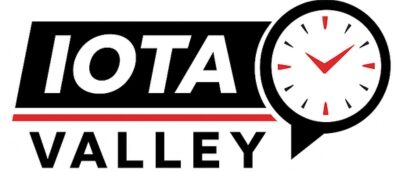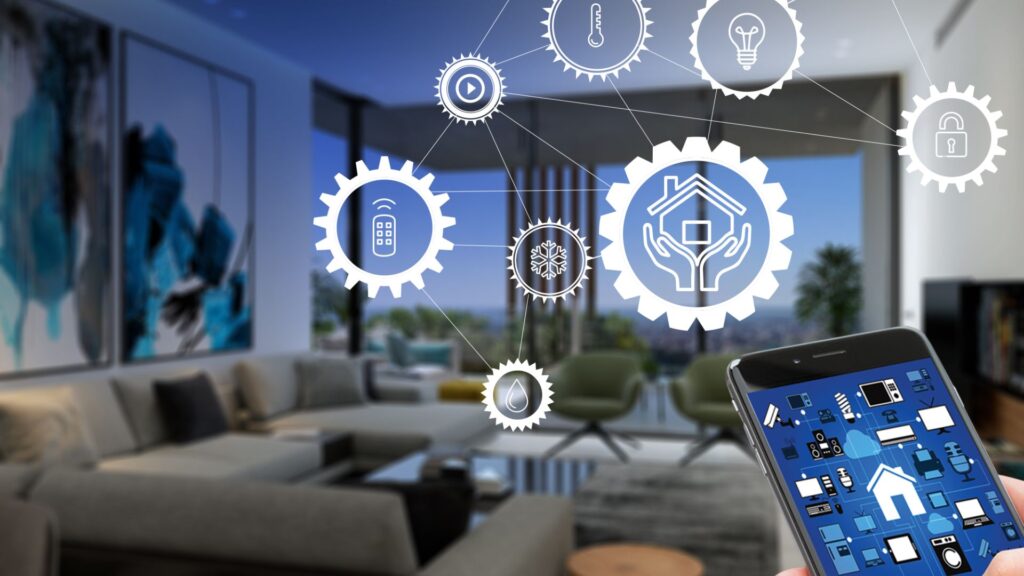The British home is quietly undergoing a technological revolution. Walk into any modern household today and you’re likely to encounter devices that would have seemed like science fiction just a decade ago. From smart speakers and thermostats to security systems, smart home technologies are becoming increasingly popular and gaining mainstream acceptance, with approximately 39% of UK households now using smart devices, with this figure expected to rise to just over 50% by 2027. These sophisticated home ideas aren’t merely about embracing the latest gadgets—they represent a fundamental shift towards more efficient, secure, and comfortable living.
The UK smart home market is experiencing remarkable growth, with revenue projected to reach £10.84 billion in 2025. This surge reflects more than just consumer enthusiasm for cutting-edge technology; it demonstrates a practical response to rising energy costs and growing environmental consciousness. British homeowners are discovering that intelligent automation can deliver tangible benefits, from reduced utility bills to enhanced security and unprecedented convenience.
The Energy Revolution in Your Living Room
Perhaps nowhere is the impact of smart technology more immediately felt than in energy management. Smart thermostats alone can save homeowners up to 10-15% on heating and cooling bills, while Hive thermostats show an average 6% reduction in gas consumption in the year following installation. For context, Hive’s two million thermostat users have collectively saved £325 million on energy bills over a decade—a figure that speaks to both individual savings and collective environmental impact.
The technology behind these savings is increasingly sophisticated. Modern smart thermostats use artificial intelligence to learn household patterns, automatically adjusting temperatures based on occupancy and daily routines. AI can help smart security devices better adapt to your daily schedule and optimise the security of your living space, while geofencing technology detects when residents are approaching home, ensuring comfort without waste.
Beyond thermostats, smart lighting systems are transforming how we illuminate our spaces. Smart lighting can cut down electricity usage by as much as 75% compared to traditional bulbs. LED smart bulbs not only consume less energy but offer unprecedented control over ambience, colour temperature, and scheduling. Motion sensors ensure lights activate only when needed, while smartphone apps allow remote management of entire lighting schemes.
The often-overlooked heroes of energy efficiency are smart plugs and power strips. Smart plugs and power strips prevent unnecessary energy waste from devices that are left on or in standby mode. These compact devices tackle the hidden drain of phantom power consumption—the energy used by electronics even when not actively in use. A single device in standby mode (like a game console or printer) might draw 5 watts constantly, and smart plugs can eliminate this waste entirely through automated scheduling.
Security and Peace of Mind
Home security has evolved dramatically beyond traditional alarm systems. Yale Smart Cameras feature AI human and pet detection to reduce false alarm notifications sent to your phone, while Yale Smart Video Doorbell has AI capabilities that will alert you if a parcel has arrived on your doorstep to ensure that you never miss a delivery again.
Smart locks represent perhaps the most fundamental shift in home access control. These devices eliminate the anxiety of lost keys while providing granular control over home access. Homeowners can grant temporary access to guests, cleaners, or delivery personnel through smartphone apps, receive notifications when doors are unlocked, and even integrate locks with other smart home systems for comprehensive automation.
Video doorbells have become particularly popular, offering real-time monitoring and two-way communication. The ability to see and speak with visitors remotely provides security benefits while adding convenience for busy households. Integration with smartphone apps means homeowners remain connected to their property regardless of location.
The Ecosystem Advantage
In 2025, integrating various smart devices into a cohesive ecosystem will be essential. The days of managing multiple incompatible apps are ending, thanks largely to the Matter standard—a universal connectivity protocol that allows devices from different manufacturers to work together seamlessly. Matter allows users to easily and securely connect more devices from any brand to their smart home system, offering a unified smart home experience without needing additional accessories.
This interoperability transforms individual smart devices into comprehensive home management systems. A single voice command can now adjust lighting, temperature, and music while activating security systems. Automated routines can orchestrate complex sequences—dimming lights, adjusting temperature, and arming security systems when the last person leaves home.
Voice assistants have become the central nervous system of many smart homes. Voice-activated assistants like Amazon’s Alexa and Google Assistant enable hands-free control of various home functions, from playing music to controlling lighting and setting reminders. These systems continue evolving, with manufacturers investing heavily in more natural conversational abilities and emotional intelligence.
Sustainability and Futureproofing
With growing awareness and demand for sustainable products, homeowners will increasingly look for eco-friendly solutions that minimise energy consumption and waste. Smart home technology aligns perfectly with environmental goals, offering measurable reductions in energy consumption while maintaining comfort levels.
The environmental impact extends beyond individual homes. Hive’s two million thermostat users have saved the same amount of carbon required to power over 366,000 homes annually demonstrating how widespread adoption of smart technology can contribute meaningfully to climate goals.
For homeowners considering smart upgrades, the financial case is increasingly compelling. A smart thermostat costs around £100-£250, while more advanced systems can exceed £500. However, with energy savings of approximately £100 per year, most smart thermostats pay for themselves in just a few years. When combined with potential increases in property value, smart home investments offer both immediate and long-term benefits.
The transformation of the British home through smart technology reflects broader societal shifts towards efficiency, sustainability, and connectivity. As costs continue falling and compatibility improves, the question for homeowners is no longer whether to embrace smart technology, but which innovations will deliver the greatest value for their specific needs. The smart home revolution isn’t coming—it’s already here, quietly making our lives more comfortable, secure, and sustainable one device at a time.



